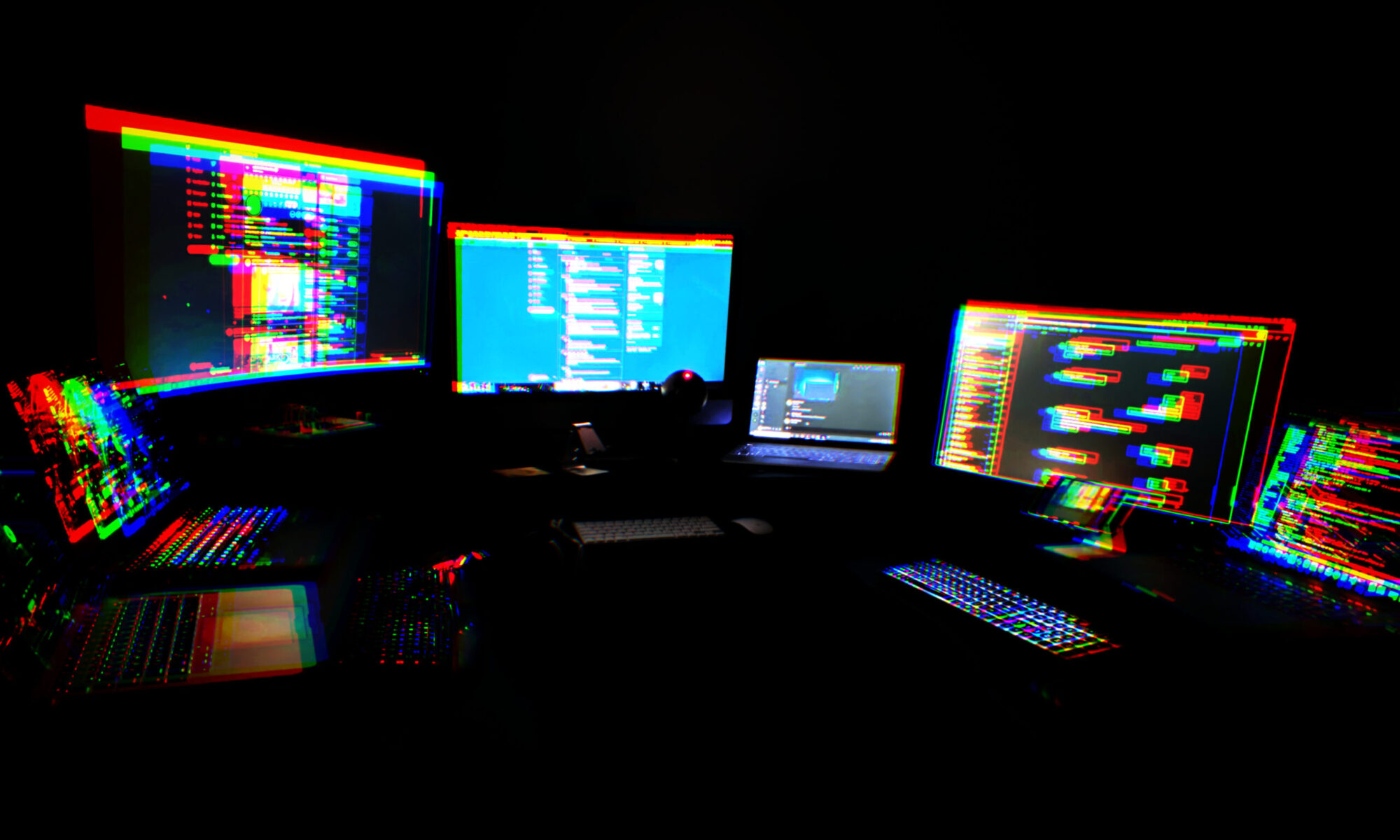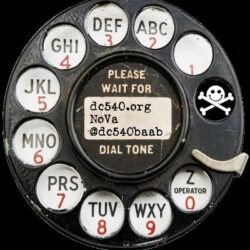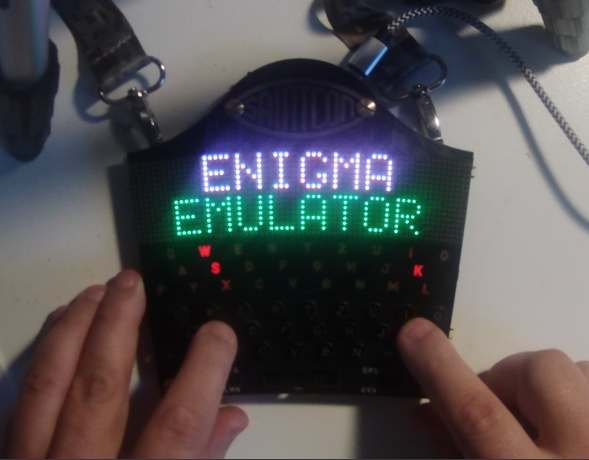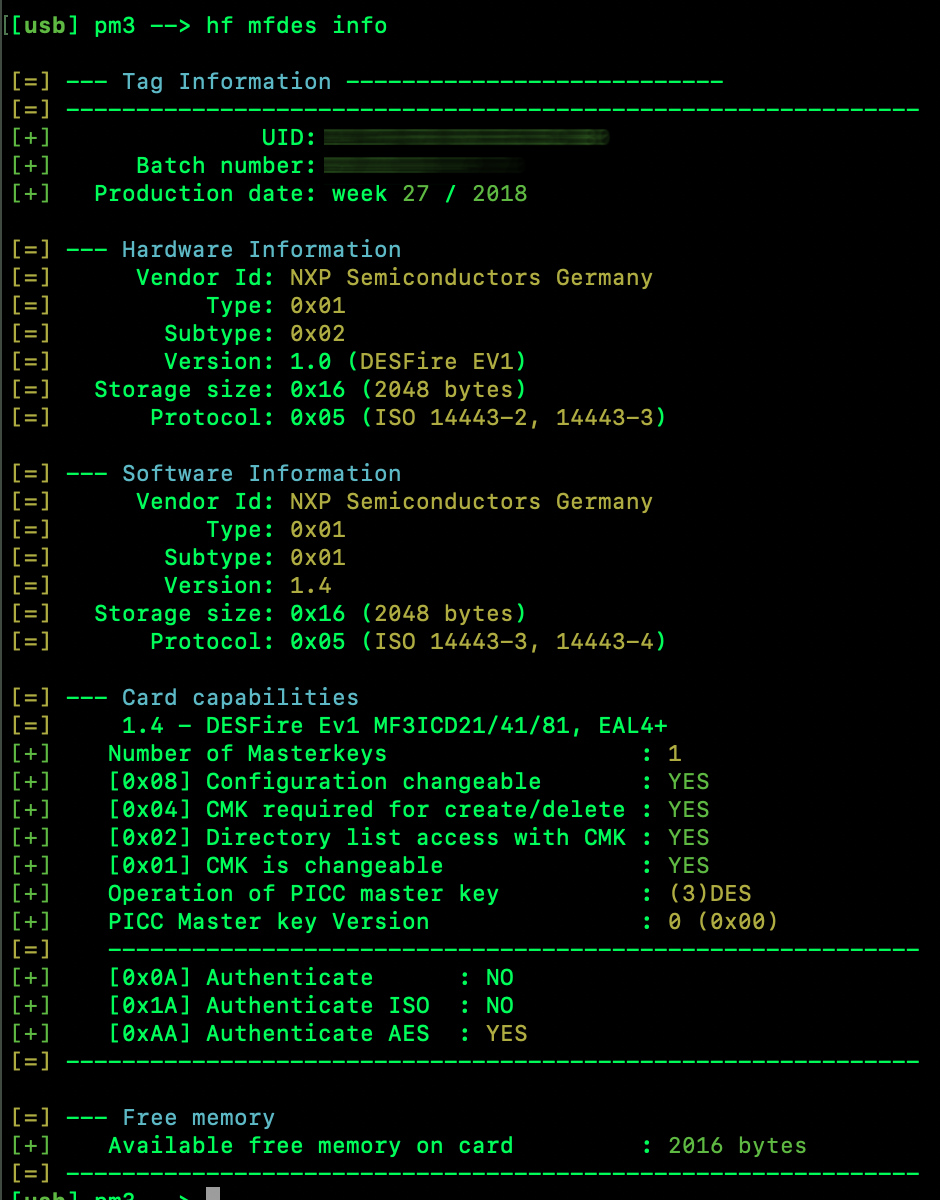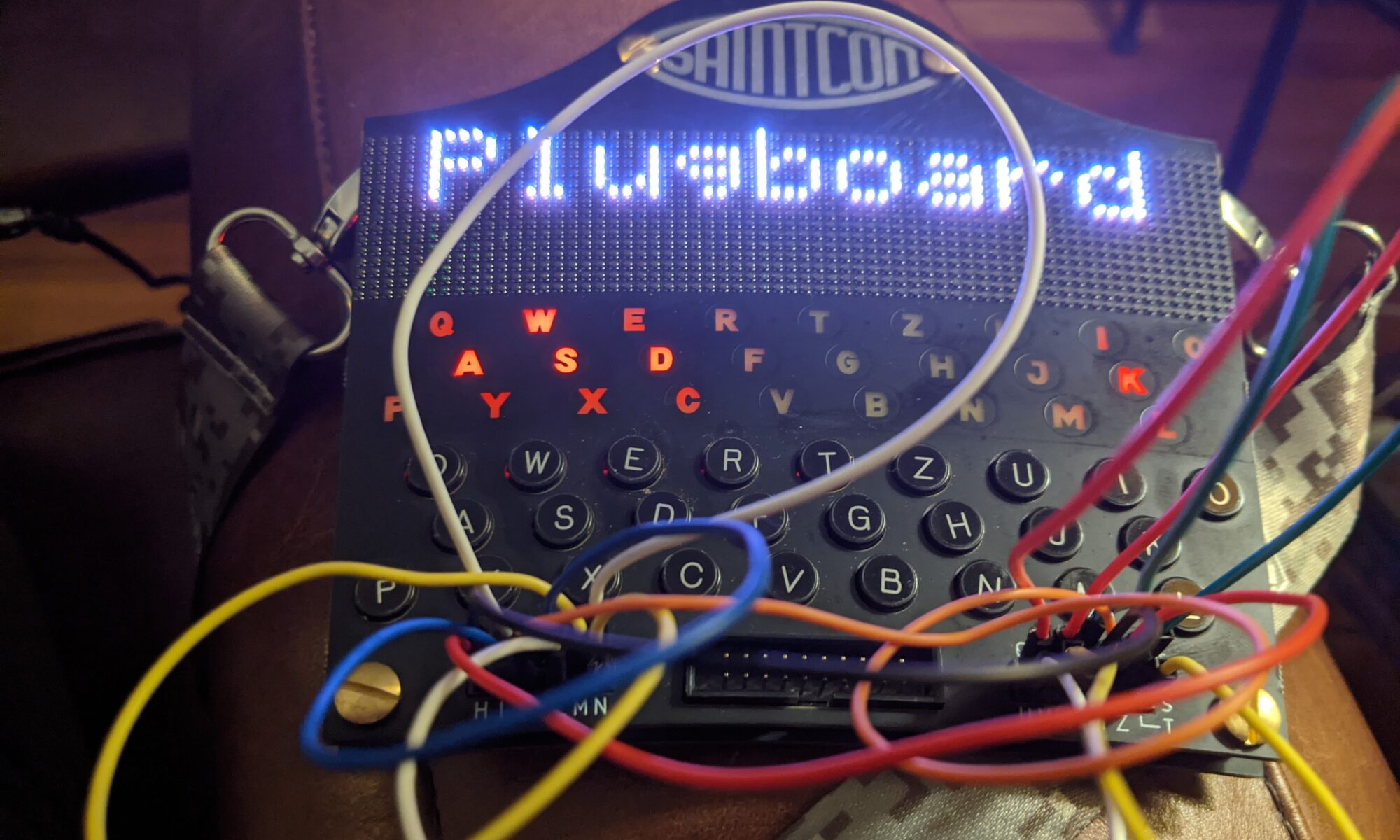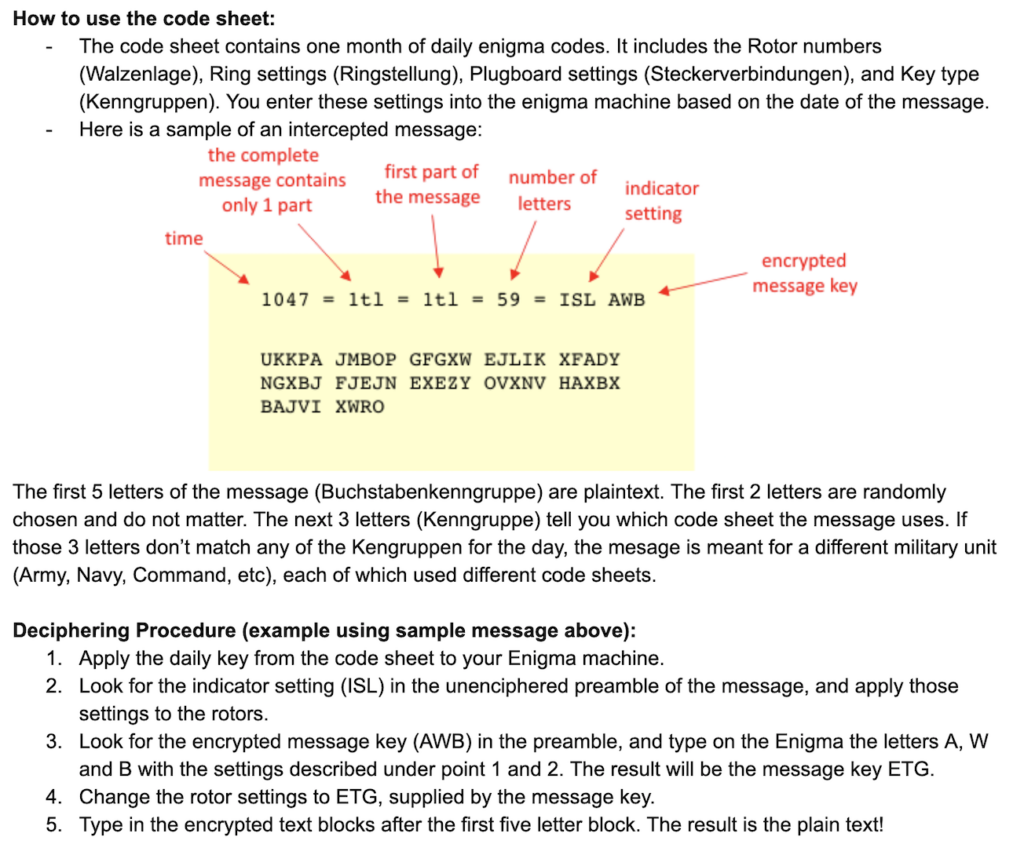Crypto warning: I am not an expert. I don’t claim to be an expert. Don’t “ekshually” me. I figured something out, I’m sharing it with other people, some of whom are stupider than me, in case it’s useful to someone some day. I also may have the facts wrong. I’m not a Defcoin insider either.
So, a while back, Coinomi started supporting Defcoin. YAY.
No, they didn’t allow exchanging it with fungible cryptocurrencies. BOO.
But at least we had a nice phone-based wallet to send, receive, etc. at the con. YAY.
But then it stopped working. Was it last year? I’m fuzzy on the whens. BOO.
Apparently there was some legacy shit in there, maybe it had to do with finding other clients, a hard-coded list, I don’t remember.
Anyhow, sometime fairly recently, it started working again. YAY.
But not for me. BOO.
Turns out, the coinomi wallet I had set up had a LOT of transactions. And I think it was too much for the app to handle. Or maybe something got mangled somehow in the blockchain. Someone explained it once, but you know, I forgot it right away. Like a goldfish.
Look, it’s not about the “money.” I’m not even sure how many Defcoin were in that wallet anymore. Thousands? Value of 0? It’s about wanting a working Defcoin wallet on my phone. And sure, I could have just deleted it and started fresh, but I wanted to learn something and get what I could recover from it.
SO, here are the steps I took and how that worked out for me.
- Set up a new Defcoin instance in Coinomi. Yes, it’ll allow you to add a coin twice.
- For my next trick, I wanted to sweep the old wallet into the newly-added instance.
- Coinomi doesn’t exporting private keys that allow you to do so, but you can use your mnemonic recovery phrase to generate that. Download this to your local machine, or better yet, put it on an air-gapped machine. Because you’re going to be typing your mnemonic phrase into it, and anyone that gets their grubby paws on that can steal your fundage. https://iancoleman.io/bip39/
- OK, so load that page up locally on your safely air-gapped system, then type your mnemonic phrase into the BIP39 mnemonic phrase field.
- Set the “COIN” to “Defcoin.”
- In the Derivation Path section, go to the BIP44 tab.
- From your broken Coinomi defcoin wallet, look at Account Details. Get the Derivation Path from there. Mine was m44h/1337h/0h. Type that, without the h characters, into the derivation path field.
- Now look at your receive addresses in the old account. Including previous receive addresses. You should see those addresses down below in the extractor, in the “Derived Addresses” section. One by one, take the private keys associated with those addresses, and throw them into the “Sweep Wallet” private key field in the NEW Defcoin instance in Coinomi.
This worked for me for several of my receive addresses, leading to thousands of Defcoin recovered into the new wallet. However, the one I used so often that I recognized the preamble, took way longer for Coinomi to attempt to sweep it, and it came back with “The private key does not contain any funds,” which I believe is bullshit, I just think there are, once again, too many transactions for Coinomi to handle. But at least now I have a working wallet that can send and receive funds. I just may have lost those funds associated with the largest receive address in my wallet. Perhaps I’ll try again in the future.
Another option is to try to sweep it into a native Defcoin-QT wallet, but that would require converting the private key to WIF format, which might be a bit beyond me at this hour.
